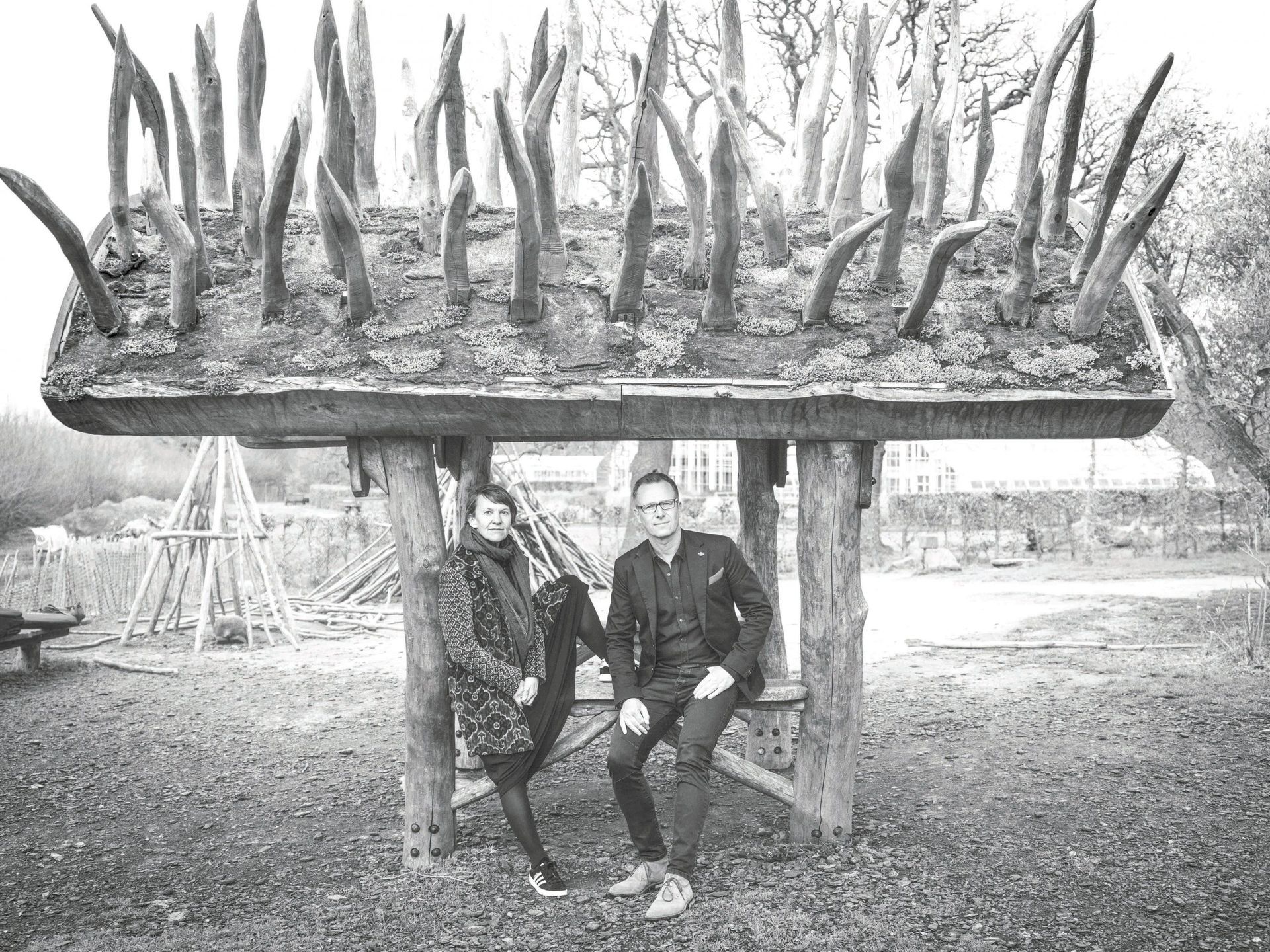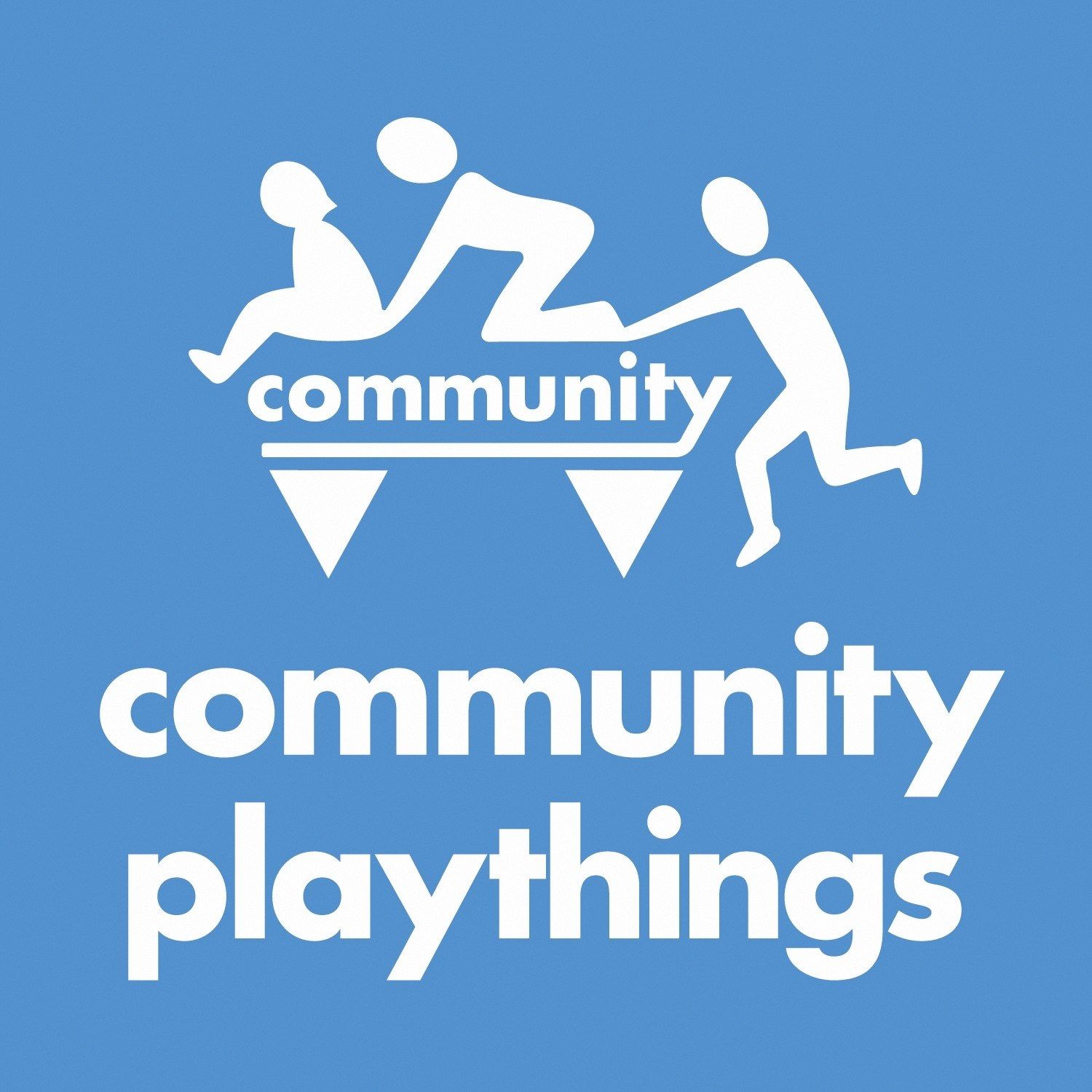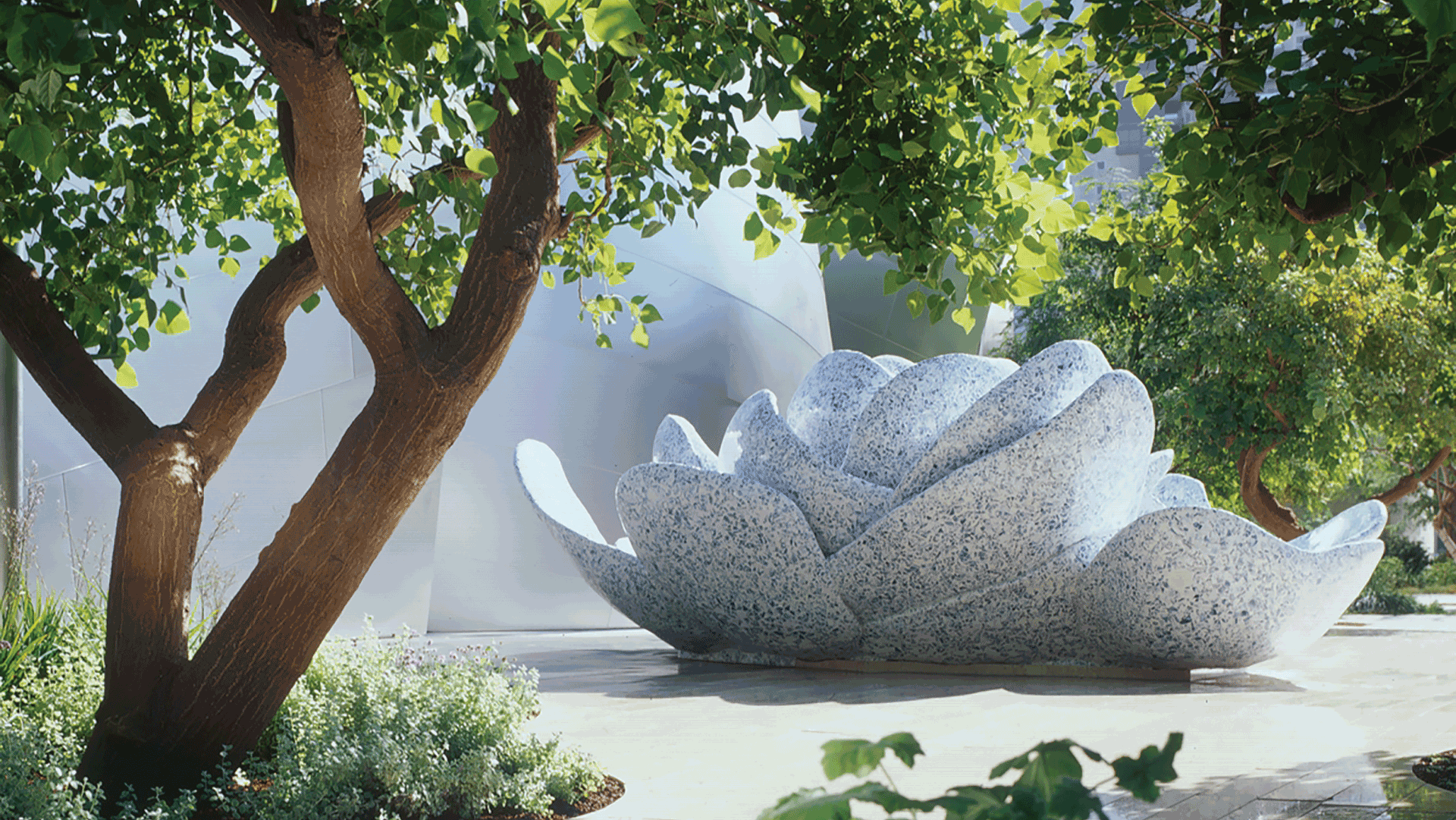20 Years of Co-Design Excellence
During 2025 Andree and Adam are celebrating 20 Years of Davies White Ltd - A Legacy of Exceptional Lasting Landscape Design


As Davies White Ltd celebrates 20 years of delivering outstanding landscape architecture, we’re proud to reflect on two decades of transforming spaces across the UK. From destination play areas that connect families with nature to urban and rural projects that enhance communities, our work spans diverse sectors, including education, heritage, and stakeholder-led initiatives. This milestone post highlights some of our most celebrated projects, showcasing our commitment to sustainable, creative design that stands the test of time. Here’s to 20 years of innovative, award-winning work and many more to come!
Destination Projects
• IWM Duxford Play Zone, Cambridgeshire – Aviation-inspired play with climbable aircraft, sensory trails, interactive storytelling.
• Crow Wood Adventure Play, Cheshire – Natural timber play, rope bridges, treehouses, inclusive play features.
• Hobbledown Children’s Farm, Surrey – Themed adventure zones, underground tunnels, interactive water play, animal encounters.
• Williams Den Adventure Play, East Yorkshire – Rustic play barns, indoor-outdoor adventure, mud kitchens, natural climbing.
• Earth Trust Nature Play, Oxfordshire – Eco-friendly play, willow structures, natural trails, habitat discovery zones.
• Pensthorpe Nature Reserve, Norfolk – Wetland-inspired play, wooden forts, wildlife observation, sensory nature play.
• RSPB Conway, North Wales – Bird-themed play, wooden climbing frames, nature trails, interactive learning.
• RSPB Cray, Essex – Wildlife-themed play, sensory trails, outdoor classrooms, accessible adventure spaces.
• Dalby Forest Adventure Play, North York Moors – Tree canopy trails, climbing towers, natural play installations, woodland experience.
• Culzean Castle Playground, Scotland – Historic-themed play, castle structures, rope bridges, imaginative storytelling elements.
Rural Projects
• Dinton Pastures Country Park, Wokingham – Lakeside play, sandpits, climbing logs, interactive water features.
• Ferry Meadows Country Park, Peterborough – Woodland play, balance beams, rope swings, nature-inspired climbing.
• Commonwealth Games, Cuningar Loop Country Park, Glasgow – Olympic legacy park, climbing boulders, active play, inclusive fitness zones.
• Gosford Forest Play Trail, Northern Ireland – Natural woodland adventure, sculptural play, storytelling spaces, sensory discovery.
• Moel Famau Nature Play Trail, North Wales – Hillside play, nature engagement, accessible trails, interactive wayfinding.
• Moors Valley Country Park, Bournemouth, Dorset – Timber play structures, aerial walkways, nature play installations, outdoor learning.
• Jeskyns Park Country Park, Kent – Fairy woodland, wildflower meadows, sensory play, sustainable landscape design.
Urban Projects
• Memorial Gardens, Queen Elizabeth Olympic Park, East London – Tranquil green space, reflective gardens, accessible seating, biodiversity enhancements.
• Grosvenor Square Gardens, Mayfair – Elegant landscaping, sustainable planting, community space, urban retreat.
• High Street Social Spaces, Kingston upon Thames – Pocket parks, urban greening, playful interventions, vibrant public realm.
• Memorial Gardens, Kingston upon Thames – Historic commemoration, sensory planting, public gathering, community reflection.
• Eagle Brewery Wharf Pocket Park – Riverside retreat, natural seating, native planting, pedestrian-friendly landscaping.
• King George’s Field Park, Hanwell, London – Sports-focused play, multi-use games areas, active community hub.
• Fortune Street Park, Islington, London – Compact urban play, green oasis, accessible pathways, family-friendly.
• Midsomer Norton Skate Park, North East Somerset – Community-led skate space, concrete ramps, street-style obstacles, active recreation.
• Jubilee Way Skate Park, Kingston, London – Modern skate features, BMX-friendly, youth engagement, creative urban sport.
• Southampton Common Playground, Hampshire – Nature play, inclusive design, sustainable materials, open green play space.
• Ilford, Redbridge, London – Regenerated green space, active play, community gathering, biodiversity enhancement.
• Grove Park MUGA, Brent, London – Multi-use games area, all-weather surface, community sports hub.
• Windmill Youth Park, Kilburn, London – Youth-oriented space, interactive play, dynamic sports zones, green infrastructure.
Heritage Projects
• Hampton Court Magic Garden, Surrey – Tudor-inspired play, secret tunnels, mythical creatures, interactive water features.
• Boscobel House Garden and Playground, Shropshire – Historic storytelling, timber forts, immersive landscapes, royal hideout theme.
• Swiss Cottage, Osborne House Children’s Garden, Isle of Wight – Victorian play garden, interactive elements, heritage planting, imaginative play.
• Wimpole House Parterre Garden, Cambridgeshire – Formal garden restoration, historic planting schemes, sculptural hedging, grand symmetry.
Education Projects
• Earlsfield Primary School, Wandsworth – Outdoor learning, sensory play, green classrooms, interactive nature engagement.
• Villiers Secondary School, Hounslow – Sustainable campus landscaping, biodiversity zones, outdoor teaching spaces, climate resilience.
• Notting Hill Primary School, West London – Compact nature play, interactive learning spaces, urban greening, student involvement.
• Grange Primary School, Bermondsey – Playful landscapes, creative learning, biodiversity-focused planting, active outdoor spaces.
• SEND School, Southampton – Inclusive play, sensory-rich environment, accessible design, therapeutic landscape elements.
Engagement Projects
• Parkinson’s UK - Garden Design Workshop – Therapeutic gardens, user-led design, accessible green spaces, sensory engagement.
• Anglian Water - Resilient Garden Workshop – Sustainable water management, climate-adaptive planting, flood-resilient landscapes, public education.
• Town Centre Regeneration Workshops, Kingston upon Thames – Community-led design, public realm activation, green infrastructure, inclusive placemaking.





